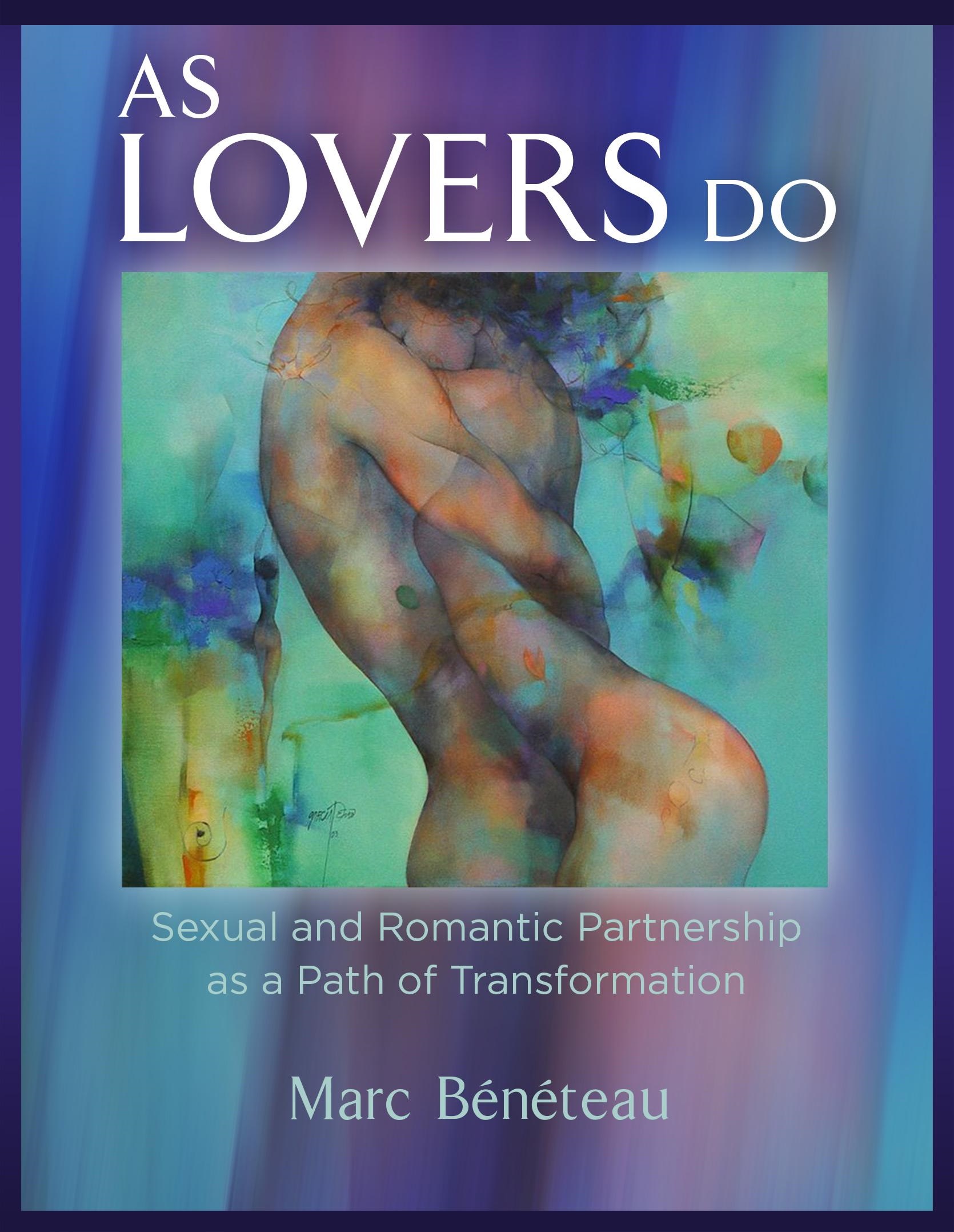Update Dec/2022: There is now a whole chapter in Relational Power about this, Practical Relational Leadership through the Authentic Relating practice – the 30,000 foot view
(Extract from the Circling Guide)
There is an important distinction to be made between the formal practice of Circling and Authentic Relating. There is a great deal of overlap between the two, with some differences that are covered in the next chapter. The main difference is that in the formal practice of Circling, we come together in a group with an assumption (or “shared context”) of “welcome everything”: that people will be interested, or at minimum attempt to respond non-reactively, to whatever shows up. Outside of a formal circle, however, and especially with people who have no training in any relational modality, you cannot assume that if you show up in anger, blame, or deep pain, that people will attempt to be receptive to you.
It is a natural human reaction to push away strong emotion of any kind, especially negative or blameful thoughts and emotions, and to respond with judgment and distancing. This is considered normal. As a result, many of us walk around with a lot of anxiety, loneliness and pain that has nowhere to go and which then feeds on itself, creating an even greater feeling of separation from other human beings. Hardly anyone, really, gets the quality of attention that would enable them to shift the painful sense of separation that we all feel sometimes, and that some of us feel all the time. Our interactions with people tend to be quite functional, sometimes even the people closest to us. We tend to put a lot of effort into deeply cloaking our humanity. We are taught that this is the way things are and that we just have to get used to it, and we do our best to put a happy face on it (because we fear that if we didn’t, we would be even more isolated). And our effort to pretend that everything is okay when it really isn’t, obviously compounds the problem.
But there is good news here, which is that we don’t have to cloak our humanity. We can strive for all of our interactions with people to have truth and care in them, which also, ironically, makes us much more effective in all spheres of life. This is the practice of Authentic Relating, which I am also covering in this book.
The idea of Authentic Relating is to respond to people from an assumption that everyone desires, at some level, to love and be loved, to know and be known, to belong. The need to belong is deeply embedded in the context of being human, for the obvious reason that in the tribal culture from which we came, belonging is life-and-death. The need to belong continues to underlie much of our behavior but is rarely something that people talk about or even admit. The practice of Authentic Relating is to interact with people with the assumption that they want to belong, to be valued and cared of, and to be acknowledged for their contributions. It is a fairly simple and extraordinarily powerful practice that consists, fundamentally, in leading with vulnerability, which is further described below, and providing quality attention and compassion to people. It is an exercise that can be done with no prior agreement and which is virtually guaranteed to transform all of your relationships.


